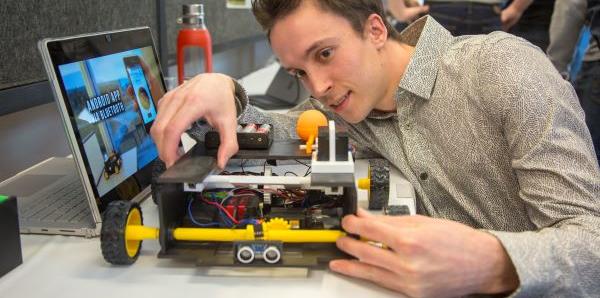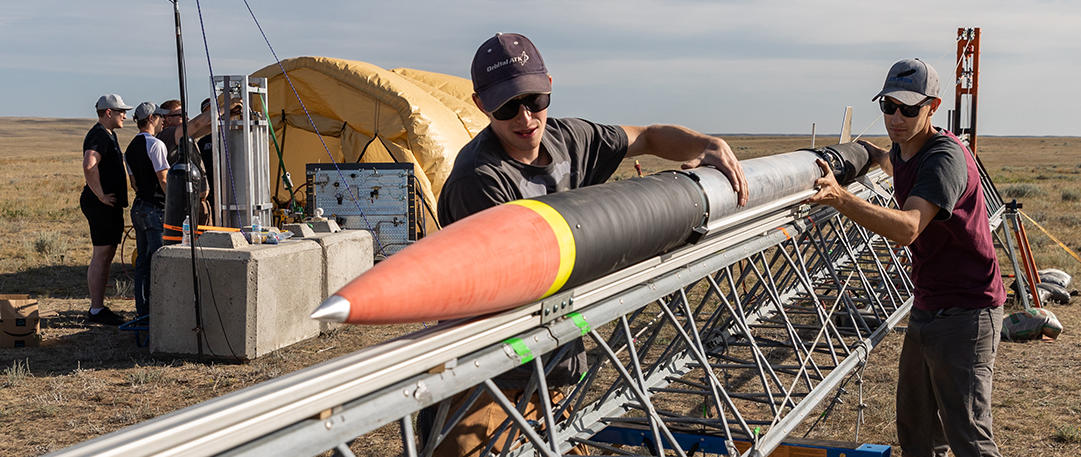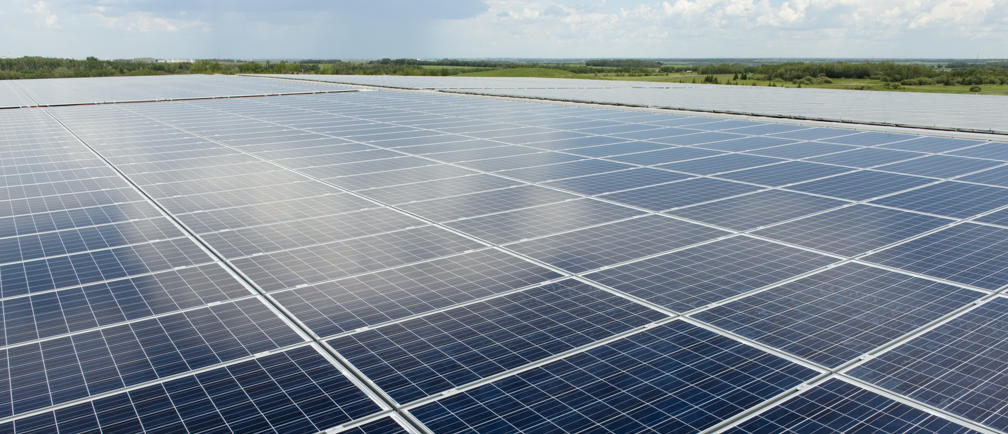
Research areas
Advancing solutions that change lives
Advanced Materials and Manufacturing
New materials, design tools and manufacturing methods drive innovation in today's society. In this research area, we develop novel materials, cutting-edge computer tools, and new ways to create materials, products and systems to perform better than those of yesterday. Given the goal of this area of strength, strong integration between modelling and calculation of stresses and strains within a material, measurement of these properties, and the production or fabrication of materials for application in devices, automotive, aerospace, etc. applications are made. Special applications of materials, such as in biological systems, where we look at modelling real biological tissues to understand how they behave to cure diseases such as osteoarthritis, and also use what we know about biological tissues to create new and novel materials that could replace these tissues are a focus. Finally, we look at understanding the lifecycle of materials, such that we can predict maintenance cycles, understand the life-cycles of a product, and engineer them to be more sustainable for the future.

Aerospace and Autonomous Systems
Aircraft, helicopters, and drones are finding increasingly important uses in modern society. For example, longer range aircraft with higher fuel efficiency are important for international and domestic travel. However, we see other applications, such as drones that can support extinguishing forest fires or delivering household goods as new areas for growth in the field. Improving both drones and aircraft to enable flight in challenging weather or supersonic speeds could allow for improved safety, accuracy, response times and shorter travel times, with possible extension to low orbit personal flights and satellite delivery in the longer term. Our team leverages both aircraft design and the design of the control systems that allow for autonomous (no human pilot) or human piloted flight, as well as from single or swarm-sized drones/smaller aircraft, to accomplish such goals. Thus, research activities focus on controller design, aircraft design, improving propulsion systems, sensing position/stresses in air foils/air speed/etc, and running simulations of various solutions to coordinate aircraft or aircraft systems.

Clean and Sustainable Energy Systems
Canada’s climate targets for a carbon neutral economy by 2050 exemplify the importance of engineering new solutions that reduce humanity’s impact on the earth. In this research area of strength, we focus on developing novel clean and sustainable energy systems, such as solar, geothermal, and wind turbines to increase their efficiency, reduce their cost and make them more affordable to our population. We are also developing technologies to support the move from conventional carbon-based energy sources to hydrogen, a clean and carbon-free energy source that can be used to heat our homes, power our cars, and provide electricity. Finally, we also support continued development of conventional energy sources by improving the infrastructure that supports it, improving the safety of pipelines, finding ways to detect emissions before they can significantly impact the environment, and reduce the emissions of conventional energy harvesting and transport.

